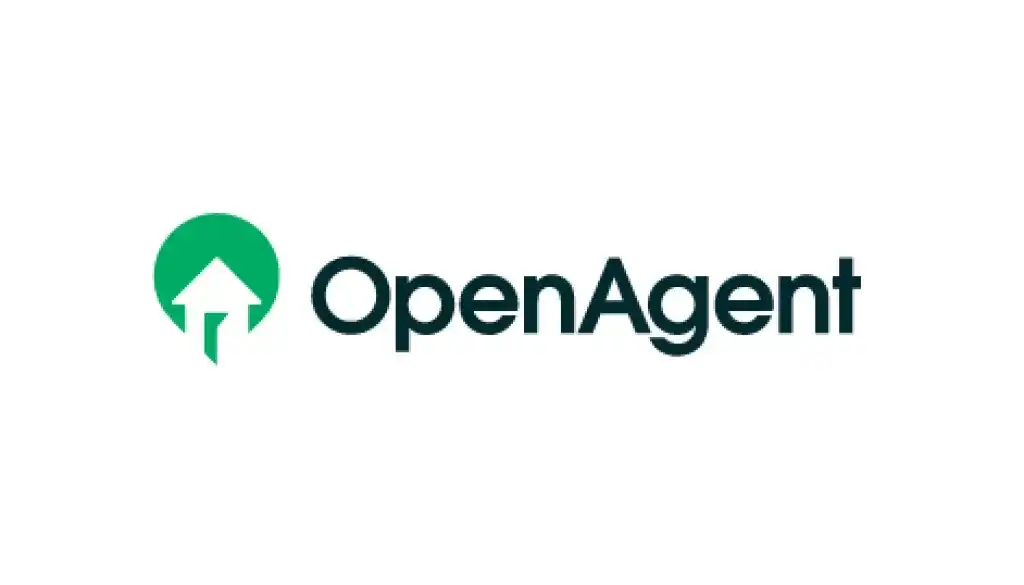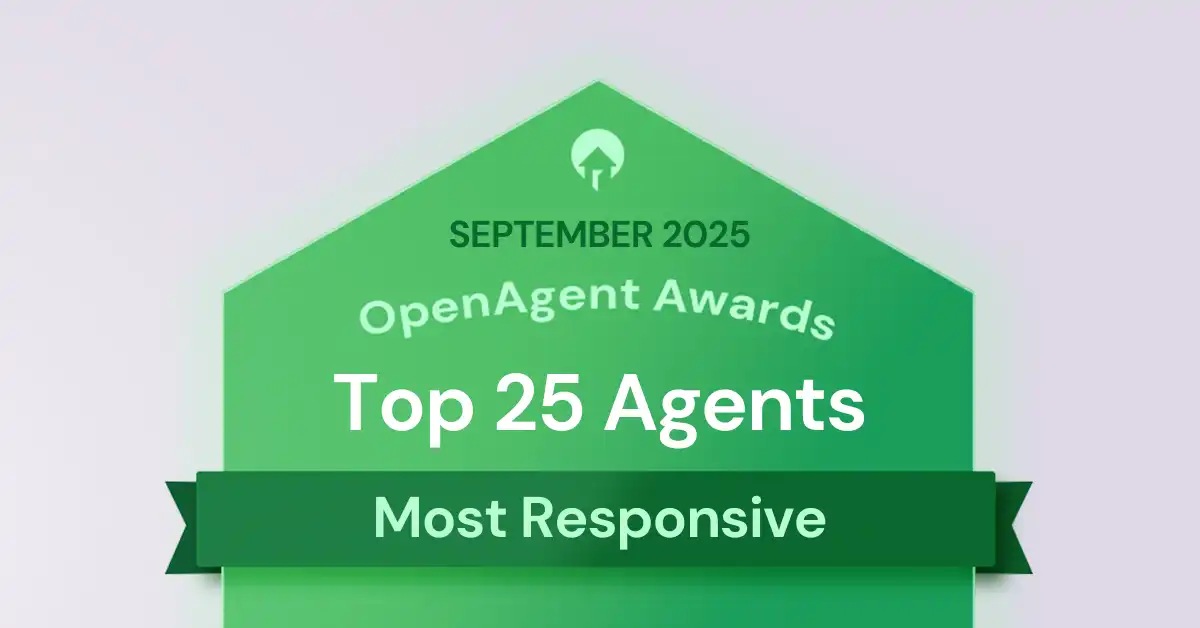Do school catchment areas affect local property prices?
Would you spend an additional $50,000 or more for a property to be in the catchment area of a top local school?
For many parents looking for a family home, the answer is an emphatic yes and a clear indication that people are prepared to pay a premium to be near a well-regarded or top-performing local school. There is also data to back this up, where suburbs near in-demand schools have higher house price growth than other postcodes nearby.
Let's take a look at the evidence and what you need to consider before buying or selling.

Get a free property value estimate
Find out how much your property is worth in today’s market.
What is a school catchment area?
A school catchment area is a defined zone - typically around a state school - where you must live in order for your child to be automatically eligible for enrolment. The boundaries are defined by the school and can change over time, depending on student numbers, overcrowding and changes to local demographics. The main reason for having catchment areas is to maintain class size targets and to service the needs of in-catchment families.
If you are outside the catchment area of a school you can still apply to go there - you are just not guaranteed a place. Your child will typically go on a waiting list, and you may even need to attend an interview to justify them attending the school. Private, independent and Catholic schools can also have less formal rules on catchment areas and may take your location into account when considering your application.
Is there a correlation between property prices and school catchment areas?
The short answer is yes - with all data pointing to a direct correlation between stronger property price growth and in-demand school catchment areas. Families want the best for their children, and top of the list for many is a top-notch education. So what is it worth?
Domain's 2023 School Zones Report showed that properties in the most popular school catchment areas saw prices rise up to 10 times as much as neighbouring areas between 2021 and 2022.
"Many buyers are willing to pay a premium to ensure their children attend highly sought-after schools," Domain’s chief of research and economics Nicola Powell told the AFR.
“So there will always be a high demand for housing in particular school catchment zones, and this can play a major part in house price movement.”
"This also shows just how important the geographical location of a property in relation to a school catchment zone is to parents and investors."
These findings have been backed up by multiple sources and studies including the Real Estate Institute of Victoria which found that median house prices could be as much as $425,000 higher when landing inside a popular school zone than for a neighbouring home that falls outside the catchment boundaries.
Buying or selling a property in a school catchment area
If you are considering a property purchase based on a school catchment area, make sure you do your research.
Particular postcodes are not guaranteed to perform because of a school, and factors can change over time. Schools alter their catchment areas periodically - called rezoning - to keep a handle on numbers. This could impact property prices positively or negatively depending on the outcome.
CoreLogic's head of research, Tim Lawless, told the SMH that rezoning school zones could affect the value of properties.
“If an area has seen a removal of some of the better schools from its catchment, or properties in that market no longer have access to the more desirable schools, that could potentially have some downward pressure on prices.”
The safest way of securing a spot in a local school is to find out the current zone and buy a property that is well within the geographical boundaries. Buy in a fringe location and you could find yourself excluded if the school shrinks its boundaries. If you have two children this could mean the younger sibling may not be guaranteed a place in the school, even if the older child is at the school.
Sellers should also be aware of any changes that may have been made to local school catchments as this could affect the overall appeal of a suburb.
Sydney’s most sought-after school catchment areas

If you need evidence that demand for school places can drive demand for property, look no further than Sydney.
Domain's report found that the median home price in the Artarmon Public School catchment soared by +43.5 per cent in 2022.
In Wentworthville, homes in the Darcy Road Public zone rose +32.9 per cent, while the Oberon High School catchment area saw a +31.0 per cent increase.
Other top movers included Marsden Park Public (+26.8 per cent), Wentworth Falls Public (+24.5 per cent) and Surveyors Creek Public in Glenmore Park (+22.6 per cent).
Melbourne’s most sought-after school catchment areas
Victoria has a reputation as an education centre of excellence and there is a clear correlation between desirable schools and home values in Melbourne.
Domain revealed that the top performing school catchment zone for 2022 was for Alphington Primary School with annual gains of +27.9 per cent.
Balnarring Primary, Mount Dandenong Primary, Bunyip Primary and Drouin Secondary College also saw median prices rise more than +20 per cent in just 12 months.
The report added that "Annual house price growth in 50 per cent of primary and 47 per cent of secondary school zones have surpassed their respective suburbs, with most seeing up to 10 per cent more growth."
Brisbane’s most sought-after school catchment areas
School zoning is clearly an important factor for the Queensland capital's housing market. Domain reported that "Nine of the top 10 secondary schools and seven of the top 10 primary schools with the highest annual growth across the combined capitals are located in Brisbane."
In 2022, house prices in the Walloon State and Canungra State catchments rose a whopping +44 and +43 per cent respectively.
Zones for Carole Park State in Wacol, Blair State in Sadliers Crossing, Acacia Ridge State and Wooloowin State each saw home values increase by +35 per cent over the year.
Other top movers that still broke through +30 per cent annual growth included Park Ridge State, Seven Hills State, Logan Reserve State and Gleneagle State.
Adelaide’s most sought-after school catchment areas
The school zone effect is fully apparent in Adelaide, again with up to +10 per cent more price growth being measured within many catchments versus outside those areas.
According to Domain, houses in the Coorara Primary zone in Morphett Vale gained +35.8 per cent in 2022.
Catchments for Marryatville Primary in Kensington, Mount Barker Primary, Westbourne Park Primary, Nairne Primary and Salisbury Park Primary were all among the areas that saw rapid annual growth of more than +30 per cent.
Perth’s most sought-after school catchment areas
Remarkably, Domain found that house prices in the Coodanup College catchment area grew at twice the rate of other houses located in the suburb it's located in, Mandurah.
Plenty more Perth school zones saw very strong growth in 2022 including Davallia Primary in Duncraig and Sorrento Primary which both enjoyed annual gains of +28.7 per cent.
The other biggest movers were Beaconsfield Primary (+28.1 per cent), East Hamersley Primary (+27.3 per cent), Wembley Downs Primary (+26.2 per cent) and Forrestdale Primary (+24.6 per cent).
Where can I get more information about school catchment areas?
If you’re thinking about getting your children into a particular school, a local real estate agent can also help with your search. They will know what homes are suitable for families in the area, and help you find the right property in the local catchment area.
You can also access more information about school catchment areas and zones by visiting the education department website in your state or by contacting the school directly. You can also use the MySchool site to find out more about academic performance and compare the schools in the area you are interested in.









